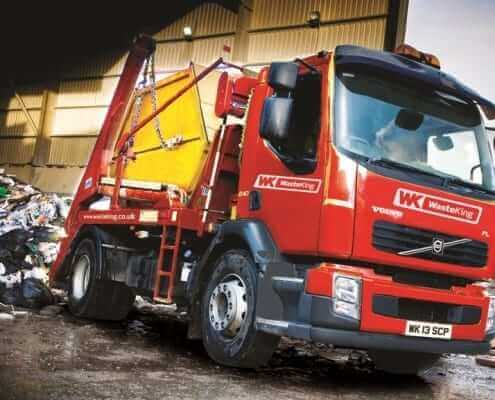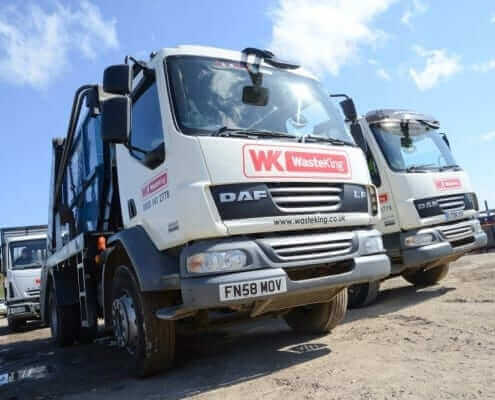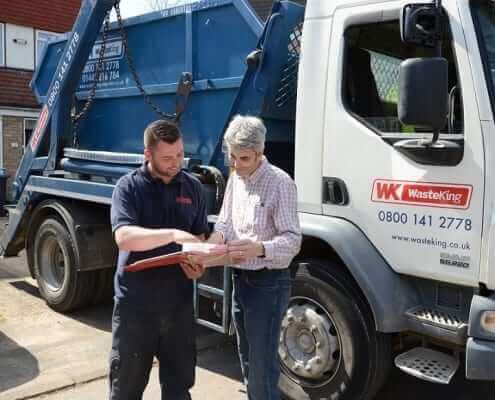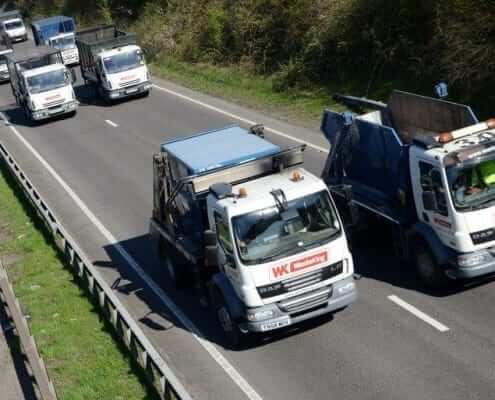




How to Prepare for Your Skip Delivery: A Step-by-Step Guide
Preparing for a skip delivery might seem straightforward, but there are several key steps you should follow to ensure the process goes smoothly, avoiding common pitfalls and compliance issues. This guide will walk you through everything from choosing the right spot for your skip to preparing the site.
Step 1: Choose the Right Skip Size
Before you even schedule a delivery, make sure you have selected the appropriate skip size for your project. Skips typically range from small 2-yard mini skips, suitable for minor home clean-ups, to large 40-yard roll-on-roll-off containers ideal for substantial construction waste. Assess the volume of waste you expect to generate to choose a size that avoids overflow but remains cost-efficient.
Step 2: Obtain Necessary Permits
If you plan to place the skip on public property, including sidewalks or the side of the road, you’ll likely need a permit from your local council. The process for obtaining a permit varies by location, so contact your local authorities in advance. Be aware of the time it takes to process your application; it can take up to a few weeks.
Step 3: Select an Appropriate Placement Area
Choosing the right spot for your skip is crucial. Consider the following:
- Accessibility: Ensure the delivery truck can access the site easily. This includes checking for adequate road width and ensuring there are no obstructions like low hanging trees or overhead cables.
- Ground condition: Place the skip on a flat, stable surface to prevent any issues with loading or potential damage to the underlying surface.
- Safety: Avoid areas too close to public pathways or blocking any entrances and exits.
Step 4: Prepare the Site
Clear the drop-off area of any vehicles, debris, and large obstructions. If the ground is soft or uneven, you might need to reinforce it with plywood or similar materials to support the weight of a fully loaded skip.
Step 5: Communicate with Your Skip Hire Company
Inform your skip hire company about any potential access issues or restrictions. Details like narrow streets, limited access times, or the need for traffic control measures can significantly impact the delivery and should be discussed prior to scheduling.
Step 6: Ensure Safety During Delivery
On delivery day, ensure the area is clear of children, pets, and bystanders. The delivery process involves heavy machinery which can pose risks if proper precautions aren’t taken.
Step 7: Plan for Waste Segregation
Consider how you will sort and load the waste into the skip. Segregating materials, if possible, can facilitate recycling, potentially reducing the cost and environmental impact. Heavy items should go in first, flat items next to optimize space, and lighter, bulkier items on top.
Step 8: Check Compliance with Regulations
Finally, make sure that your skip use complies with local regulations concerning waste disposal. Most skip hire companies will provide you with a list of prohibited items, such as hazardous materials, electrical products, and certain types of furniture and appliances.
Conclusion
Preparing for your skip delivery with these steps will help ensure that the process is efficient and compliant with local laws and regulations. A little planning goes a long way in avoiding delays, additional costs, or legal issues, making your waste removal as stress-free as possible. Whether you’re clearing out household junk, garden waste, or construction debris, a skip can be an excellent solution for managing large amounts of waste efficiently.
Always remember to work with reputable skip hire services to get the best advice, service, and value for your efforts in managing waste responsibly.
Skip Hire St Albans, Skip Hire Halifax, Skip Hire Oxford, Skip Hire Stirling, Skip Hire Northwich, Skip Hire Kettering, Skip Hire Plymouth

Unit 15 Hockliffe Business Park |
|




